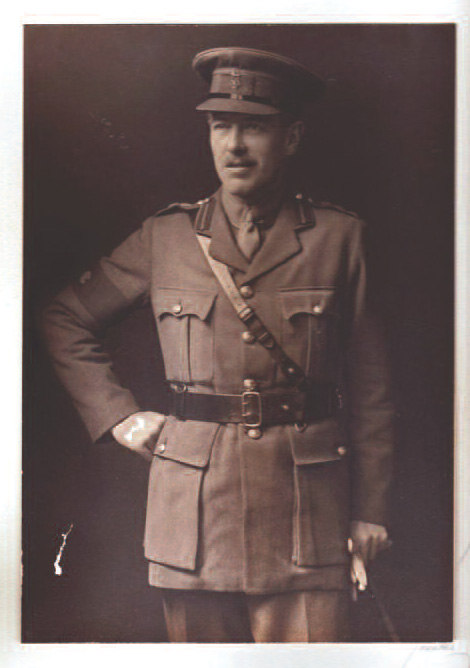Major General Edmond de Bellefeuille Panet, hero of the First World War and the first Chief of the Liquor Police in 1921.

Alain Girard collection.
In the early days of this provincial police force there were 35 officers, sub-inspectors and inspectors who were quickly nicknamed “the liqueurs”. Initially called the “Surveillance Service” of the Liquor Commission, it finally became the “Liquor Police” in 1934. The police officers were hired because of their connections to the ruling political party and they received little training. They learned on the job. They had specific responsibilities: finding and prosecuting offenders of the Liquor Control Act throughout the province. Regulations at that time were much stricter than they are today, so police officers could investigate, search, make arrests and impose fines in many areas of the alcohol trade. This included in the manufacture, distribution and sale of alcoholic products, in the licensing of establishments and their opening hours (which were much more restricted than today), in the source of alcoholic beverages, the collection of taxes, control of staff and customers etc. They also had to punish offences committed by manufacturers and distributors who were not accredited by the Liquor Commission… and there were many of them at the time.

